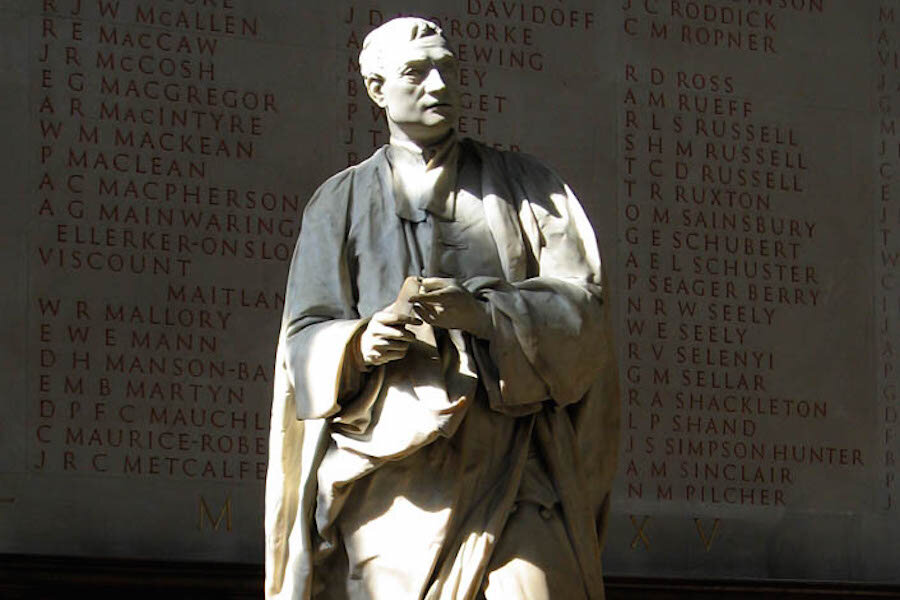Philosopher's Stone: Isaac Newton's alchemy recipe comes to light
To modern ears, alchemy sounds like a fairy tale, but in the 17th century it captured the attention of many leading scientific minds, including that of Sir Isaac Newton.
A recently rediscovered manuscript reveals Newton's handwritten recipe for one of the proposed ingredients of the Philosopher’s Stone, the mythical key to successful alchemy, a tradition that sought to purify or perfect objects, such as by transmuting lead into gold. The recipe was discovered by the nonprofit Chemical Heritage Foundation, which acquired it by auction in February.
The handwritten note serves as a reminder that the father of modern physics actually devoted most of his life pursuing what today would be regarded as pseudoscience, a fact often obscured by those wishing to maintain Newton's legacy as a founding figure of the scientific revolution. Nevertheless, Newton's alchemical work remains of great interest to historians.
"For many, many years, Newton’s alchemy was considered untouchable," science historian William Newman of Indiana University told National Geographic.
Despite its esotericism, alchemy helped lay the groundwork for modern chemistry, not just in the development of laboratory techniques to isolate different chemicals and produce new ones, but also in the quest to understand the substances that compose the physical world.
"You can see [Newton's] work in alchemy as part of a research program into the forces that act as the ultimate constituent of matter," James Voelkel, Curator of Rare Books for the Chemical Heritage Foundation, said in a phone interview with The Christian Science Monitor.
Unfortunately, such high-mindedness didn't prevent alchemy from attracting charlatans who claimed the ability to create universal elixirs and to transmute base metals into gold.
In the 18th century, scientists began to develop chemistry and, to gain credibility, drew a sharp distinction between alchemy and their new empirical discipline. When Newton’s papers were reviewed posthumously, any with mention of alchemy or chemical experiments were marked "not fit to be printed."
Distancing Newton's legacy from alchemy continued for hundreds of years. In 1888, the University of Cambridge declined to archive the alchemy texts and they were later sold at private auction, concealing many from academic study.
But there's still much to learn from those lost texts, according to the Chemical Heritage Foundation. This particular handwritten manuscript of Newton's is a recipe for "sophic mercury," a substance that would have been necessary to build the Philosopher’s Stone. It is believed Newton hand-copied the recipe from Harvard University alchemist George Starkey's own manuscript before it was published.
"The significance of the manuscript is that it helps us understand Newton's alchemical reading – especially of his favorite author – and gives us evidence of one more of his laboratory procedures," Mr. Voelkel said to CNN.
There is no evidence of Newton ever trying or succeeding in making Starkey's sophic mercury, but the manuscript provides some vital evidence about the man and scientist behind the writing. Newton used the flip side of the paper as a scratch pad for observations and notes on one of his own experiments.
The manuscript was purchased by the Chemical Heritage Foundation and will be available in print at the foundation's Othmer Library of Chemical History or online via an electronic copy provided to the Indiana University's Chymistry of Isaac Newton project.
"The story of Newton's alchemy is very large and complicated and we have but one tiny piece on it," Voelkel told the Monitor. "The scholarly estimate is that Newton, during his lifetime, wrote over 1 million words on alchemy."






